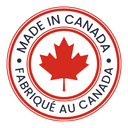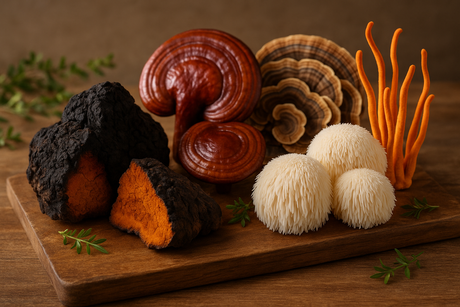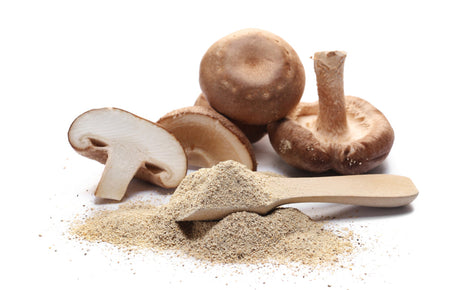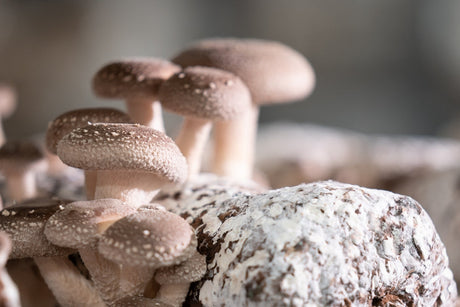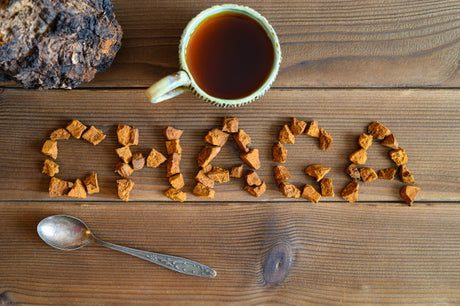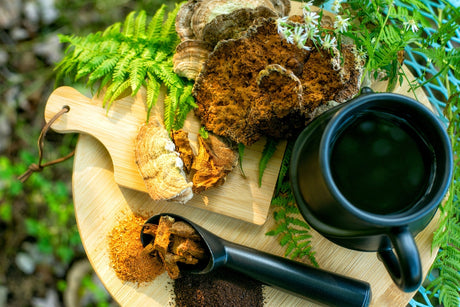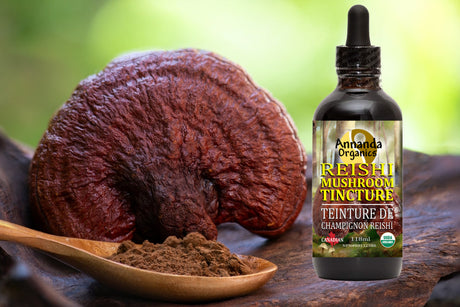
Recently, a group of biotechnologists from the United Kingdom discovered a way to utilize mycelium to create a resilient, leather-like material that is capable of repairing itself.
Elise Elsacker and Martyn Dade-Robertson of Newcastle University, as well as Meng Zhang of Northumbria University, were the pioneering researchers of this breakthrough.
A report in the journal Advanced Functional Materials, explores the potential of utilizing mycelium as a viable material that possess self-healing capabilities.
Fungi, such as mushrooms, have an intricate web of hair-like filaments that form a root system called mycelium. This root system, made up of hyphae, grows in the soil and on decaying wood. The mass of mycelia absorbs nutrients, water, and provides support for the mushroom fruit.
The mycelia can also be used to create a self-healing leather material. This is achieved by combining mycelium with a backing material, such as fabric or paper and allowing the mycelium to grow around it. The mycelium provides a living, breathing material that can be used to replace traditional leather.
It is a sustainable and ethical alternative to leather, as it does not require the death of any animals, and the mycelium can be harvested again and again.
This artificial leather material is water-resistant, breathable, and can be composted at the end of its life. This self-healing mushroom leather is a revolutionary way to create sustainable and ethical fashion.
The scientists outlined the details of their study and the results of examining the effectiveness of the self-healing mushroom leather.
This research explored the possibility of using mycelium as a leather substitute for genuine leather. It was discovered that the chlamydospores, which are dense vegetative cells at the end of the hyphal filaments, are responsible for the self-healing properties of the material.
The findings indicate that mycelium can sustain in dry and nutrient-poor conditions and that it can repair itself with only a short recovery time of two days.
In the past, studies demonstrated that large clusters of intertwined mycelium fungal filaments could grow in colonies, typically below the ground's surface, according to Phys.org.
The same research also determined that these mycelial structures could be processed to create leather alternatives referred to as mushroom leather.
To address the issue of treatments killing off regenerative nodules, researchers aimed to modify the procedure to prevent the destruction of the chlamydospores, thus allowing the material to have the potential to heal itself when placed in the correct conditions.
The researchers combined a solution of proteins, carbohydrates, and nutrients with chlamydospores, leading to the production of mycelium in the laboratory. After a layer of film had developed on the top of the mixture, they separated it and allowed it to dry.
The experimenters used chemical additives and temperature adjustments to dry out the mycelium, creating a leathery material which visually and qualitatively resembled other leathers. The chlamydospores were kept intact during this process.
The researchers conducted an experiment to assess the healing abilities of mushroom leather by making holes in a piece of it and then immersing it in the same liquid used to produce it.
After the leather was taken out and started to dry, the chlamydospores filled the holes, bringing the leather back to its original strength with some evidence of the holes still visible.
Zhang of Northumbria University's Department of Applied Sciences believes that this mycelium materials could drastically alter the way we perceive wearable technology and medical implants.
It is capable of repairing and restoring itself, meaning it could be used in a variety of ways.
The possibilities of mycelium materials are endless.
For example, it could be used to create medical implants that are able to self-repair and restore themselves.
It could also be used to create clothing that is able to repair itself when it gets damaged.
It could be used to create materials that are more durable and could also be used to create new materials that are more environmentally friendly, such as using mycelium to create biodegradable electronics and electrical components.
Moreover, mycelium could be used to create materials that are more sustainable, longer-lasting, and more resistant to wear and tear.
It has the potential be used to create materials that are able to absorb and store energy, making them perfect for use in solar panels or other renewable energy sources.
Ultimately, the potential applications of mycelium materials are limitless, and could revolutionize the way we use materials in the future. A new form of eco friendly vegan leather to replace animal leather that could help reduce greenhouse gas emissions.
A more environmentally friendly bio based solution for the fashion industry may change how leather goods are viewed in the future.
These possibilities are just the tip of the iceberg, and researchers are still exploring the applications of mycelium material using the root structure of mushrooms.
Learn more about what is fungi and how mushrooms can change our world.

